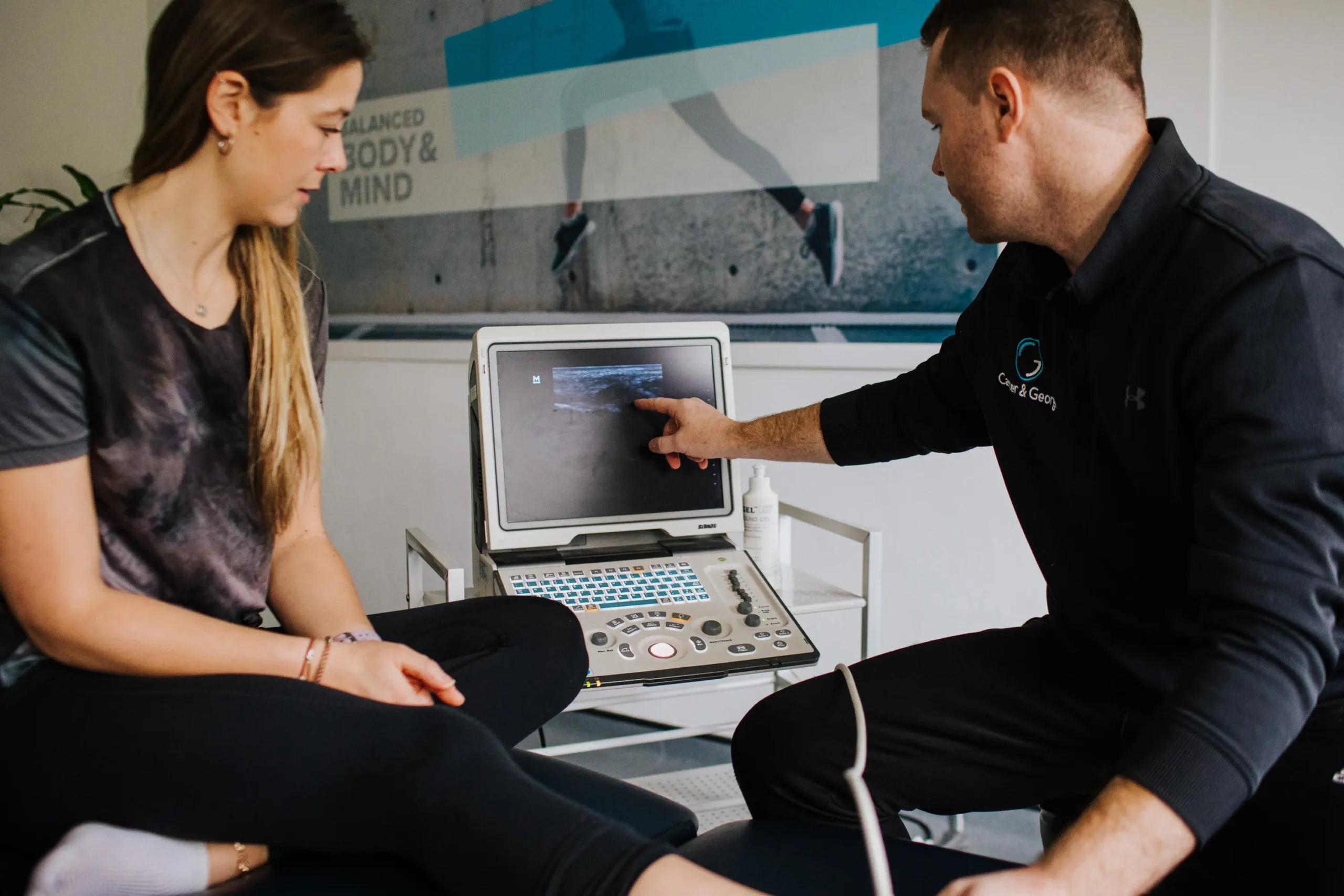Maintaining health is an ongoing process, requiring awareness, effort, and regular evaluations. One of the most effective ways to monitor and protect your health is through regular physical exams. These periodic evaluations help individuals understand their current health status and identify potential risks before they become more significant concerns. Exams serve as a structured opportunity to engage with healthcare professionals, align on wellness goals, and receive tailored recommendations.
Why Are Physical Exams Necessary?
A physical exam acts as a comprehensive health check-up, supporting individuals in assessing the state of their overall health. These evaluations are designed to detect potential medical issues early, monitor existing conditions, and provide healthcare professionals with a baseline for future reference. By performing tests and examinations, healthcare providers gain insights into factors such as blood pressure, weight, and heart health. This information allows them to identify trends or abnormalities that could signify underlying health concerns.
What Should You Expect?
Understanding what takes place during a physical exam can help alleviate uncertainty and make sure you make the most of your appointment. Each visit may differ based on personal health needs and your healthcare provider’s approach. The process typically follows a logical sequence to offer a complete evaluation.
Physical Examination
The examination is the core feature of the appointment. Common procedures include taking measurements such as weight and height, as well as recording temperature, blood pressure, and pulse rate. Your physician might listen to your heart and lungs, examine your abdomen, assess your skin, and check your throat, ears, and eyes. These evaluations contribute to an overall understanding of your body’s functioning.
Tests and Screenings
Depending on your age, gender, and medical history, specific tests or screenings may be part of your appointment. Blood and urine tests are often used to assess cholesterol levels, blood sugar levels, and more. Other diagnostic tools, such as electrocardiograms (EKGs) or imaging tests, could be recommended based on individual risk profiles.
What Are the Benefits?
Physical exams bring numerous advantages by fostering a proactive approach to health maintenance and care. These benefits extend across physical and preventive dimensions. Notable benefits may include:
- Early Detection of Health Issues: Regular exams enable healthcare providers to identify risk factors and conditions, such as hypertension, diabetes, or high cholesterol, at an early stage. Timely detection provides opportunities for intervention that can prevent complications or slow the progression of disease.
- Monitoring Chronic Conditions: For individuals with existing health conditions, routine exams are invaluable for tracking the effectiveness of treatment plans and adjusting them as necessary. Regular monitoring helps make sure that conditions remain under control and reduces the likelihood of unexpected complications.
- Preventive Care Measures: Physical exams are an opportunity to stay up to date on vaccinations and screenings recommended for your age group or risk factors. Completing these preventive steps contributes to long-term health and aligns individuals with public health goals.
Make an Appointment
Scheduling regular physical exams is an effective way to prioritize your health and well-being. These evaluations provide a deeper understanding of your body’s current state, highlight areas for improvement, and support informed decisions about managing personal wellness. By working collaboratively with your healthcare provider, you can foster a proactive approach that promotes both immediate and long-term health outcomes.









Leave a Reply